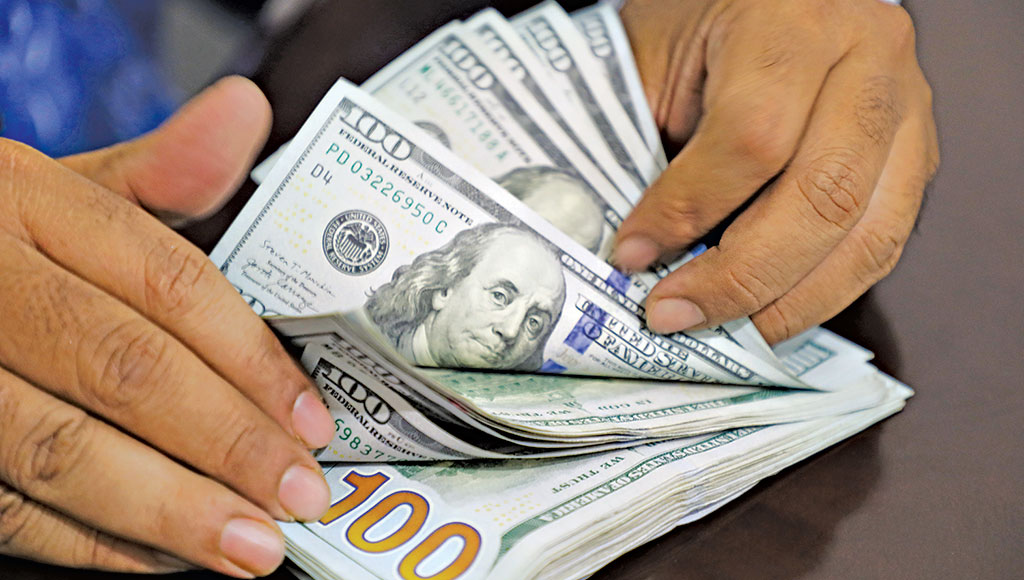Bangladesh’s remittance inflows, which reached $670.97 million in the first eight days of February 2025, show resolve in the face of an unpredictable global economy. This amount is a significant rise from $652.32 million in eight days in January 2025, highlighting the contribution of foreign wage earners to the nation’s economic stability. Its consistent performance is crucial, since the total remittances for fiscal year 2024–2025 currently stand at $15.96 billion. The country faces external financial strains that are made worse by geopolitical unrest and worldwide inflation. Due to strong familial ties and steadfast commitment, Bangladeshi foriegners continue to send essential money home despite the challenging economic climate. A closer look at the numbers shows that private commercial banks made a substantial contribution.
In February, they contributed a total of $430.34 million, with Islami Bank Bangladesh PLC leading the way with a dominating $100.57 million. Specialized banks contributed $35.73 million, while state-owned banks came in second with a total of $203.02 million. A vital mechanism for protecting the national currency from inflationary pressures, the magnitude of these remittance flows also represents an economic lifeline for millions of Bangladeshi households. But as specialists spot new dangers associated with an over reliance on remittances, care must be taken.
The sustainability of this arrival is under consideration as geopolitical tensions develop and labor markets in host nations show volatility. The Bangladesh Bank and other economic institutions’ analysts stress the need for the nation’s economic plans to be more diversified and caution against concentrating only on remittance-driven growth. There are still clear prospects for growth in spite of these dangers. It is anticipated that the global labor market would gradually rebound, especially in industries like construction and healthcare that have historically attracted Bangladeshi foreigners. This possible comeback could boost remittance volumes and improve foreign workers’ pay sources.
Additionally, improvements to digital banking services may simplify transfer procedures, making it easier and more affordable for people to send money home. This would draw a larger portion of the global remittance market, which the World Bank projects will grow to $1 trillion yearly by 2026. Remittances have long played a significant role in Bangladesh’s economy; in fiscal year 2020–21, they reached a height of $24.78 billion. During the COVID-19 epidemic, the need for this inflow grew dramatically as expatriates became an essential source of assistance for families dealing with job losses and domestic limitations. Since the economy is low-lying, remittances signify more than simply monetary input; they also reflect resiliency and optimism, bringing families together and fostering futures.
Source: Daily Observer
















